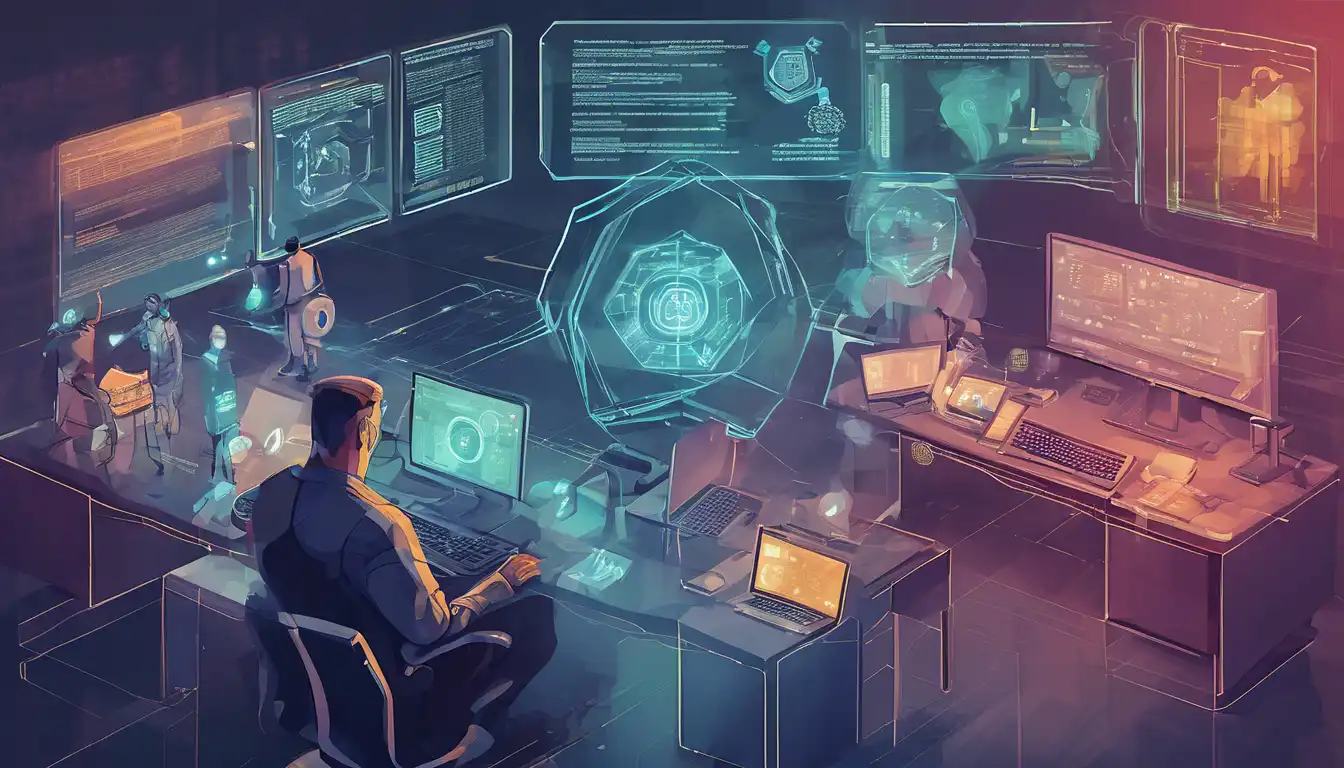Introduction to Cybersecurity Trends
In the ever-evolving digital landscape, staying ahead of cybersecurity threats is paramount for businesses and individuals alike. As we move into 2023, new trends in cybersecurity defense are emerging, offering innovative ways to protect sensitive data and systems from malicious attacks. This article explores the latest strategies and technologies shaping the future of cybersecurity.
Artificial Intelligence and Machine Learning
One of the most significant trends in cybersecurity is the integration of artificial intelligence (AI) and machine learning (ML). These technologies are being used to predict and identify potential threats with greater accuracy than ever before. By analyzing patterns and behaviors, AI and ML can detect anomalies that may indicate a cyber attack, enabling proactive defense measures.
Zero Trust Architecture
The Zero Trust model has gained traction as a robust cybersecurity framework. Unlike traditional security models that operate on the assumption that everything inside an organization's network can be trusted, Zero Trust requires verification from everyone trying to access resources on the network, regardless of whether they are within or outside of the organization's perimeter.
Cloud Security Enhancements
With the increasing adoption of cloud services, securing cloud environments has become a top priority. Enhanced cloud security measures, including encryption, access management, and continuous monitoring, are being implemented to protect data stored in the cloud from unauthorized access and breaches.
Ransomware Defense Strategies
Ransomware attacks continue to pose a significant threat to organizations worldwide. In response, cybersecurity experts are developing more sophisticated defense strategies, such as regular data backups, employee training on phishing scams, and the use of advanced threat detection tools to prevent ransomware before it can cause harm.
Conclusion
The landscape of cybersecurity is constantly changing, with new threats and defense mechanisms emerging regularly. By staying informed about the latest trends and implementing advanced protection strategies, organizations and individuals can significantly reduce their vulnerability to cyber attacks. The adoption of AI and ML, Zero Trust architecture, enhanced cloud security, and ransomware defense strategies are just a few of the ways the cybersecurity field is evolving to meet the challenges of the digital age.
